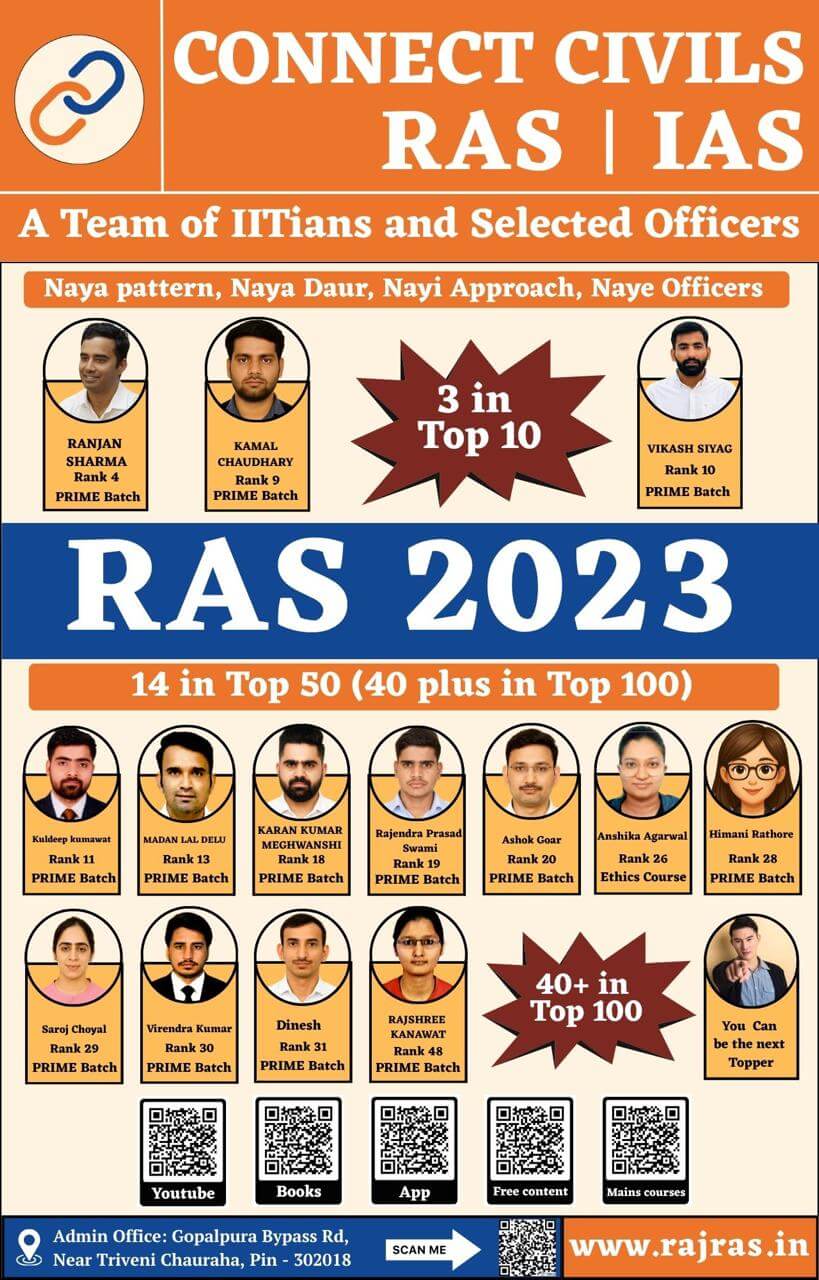हिन्दी माध्यम नोट्स के लिए कृपया ऊपर ☝️ दिये गये बटन से language change करे।
Prelims Content (India & World Part)
Basic Introduction to India
The Republic of India is the seventh-largest country by area and the second-most populous country in the world. It is bounded by the Indian Ocean on the south, the Arabian Sea on the southwest, and the Bay of Bengal on the southeast, it shares land borders with Pakistan to the west; China, Nepal, and Bhutan to the north; and Bangladesh and Myanmar to the east.
Man has been living in India since roughly 5,00,000 BC. Settled life emerged on the subcontinent in the western margins of the Indus River basin 9,000 years ago, evolving gradually into the Indus Valley Civilisation of the third millennium BCE.
India proved to be a crucible for numerous races. The pre-Aryans, the Indo-Aryans, the Greeks, the Scythians, the Hunas, the Turks, etc., made India their home. Each ethnic group contributed its mite to the making of Indian culture All these peoples mixed up so inextricably with one another that at present none of them can be identified in their original form.
Since ancient times, it has been the land of several religions. Ancient India witnessed the birth of Hinduism, Jainism and Buddhism, but all these cultures and religions intermingled and acted and reacted upon one another in such a manner that though people speak languages, practise different religions observe different social customs, and certain common styles of life through the country. Our country shows a deep unity in spite of great diversity.

